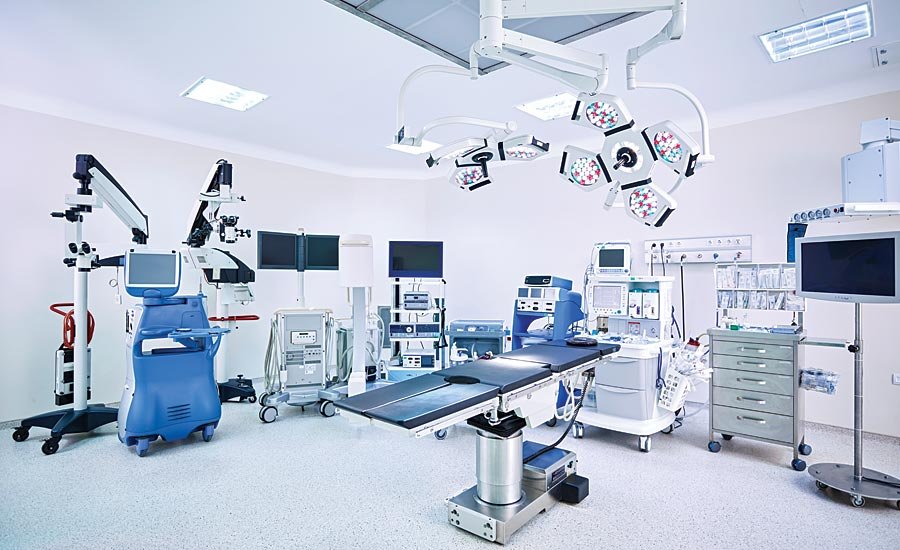Discover everything about medical devices, from pacemakers to MRI machines. A complete guide to FDA classifications, safety standards and life-saving technology in Australia.
Imagine you’re sitting in a doctor’s office, and they’re explaining how a tiny device no bigger than a matchbox could literally save your life. World of medical devices are an universe where cutting edge technology meets human ingenuity to keep us healthy, mobile and alive.
I’ll be honest with you, until recently, I thought medical devices were just those intimidating machines that go “beep” in hospitals. From the contact lenses you might be wearing right now to the sophisticated MRI machines that can peer inside your body without making a single cut, medical devices are everywhere and frankly, they’re pretty incredible.
What Exactly Is a Medical Device?

Let me clear this up right away because it’s more interesting than it sounds. A medical device is any instrument, apparatus, software, or material intended for medical purposes but not classified as a drug, used to diagnose, treat, or prevent diseases or conditions.
Think if a drug works by having a chemical reaction in your body, a medical device works mechanically or physically. Your smartphone running a heart rate app, is that technically a medical device, right?
The beauty of medical devices lies in their diversity. Since They do not try to change your body chemistry like medications, they’re like incredibly sophisticated tools that work with your body to help it function better.
FDA’s Medical Device Classification System
FDA didn’t just throw all medical devices into one big bucket and call it a day. They’ve created a pretty clear FDA classification system that sorts devices based on how risky they are:
Class I (Low Risk): These are your everyday heroes like bandages, wheelchairs, and those little tongue depressors your doctor uses. They are about as risky as a butter knife.
Class II (Moderate Risk): This is where we find blood pressure monitors, X-ray machines and surgical drapes. They need more oversight but won’t typically put you in immediate danger if something goes wrong.
Class III (High Risk): The are heavy hitters such as pacemakers, heart valves and defibrillators are devices that literally keep people alive so the FDA watches them like a hawk.
Medical Devices vs. Drugs: The Ultimate Showdown
Here is a question I get asked a lot: how exactly do medical devices differ from drugs?
Think of it like this, drugs are like sending in a chemical army to fight disease from the inside. Medical devices are more like giving your body the right tools to do the job itself. A heart medication changes how your heart muscle contracts, while a pacemaker just gives it a gentle electrical nudge when needed.
| Medical Devices | Drugs |
| Work mechanically/physically | Work chemically/biologically |
| Don’t metabolize in the body | Get absorbed and processed |
| Examples: Pacemakers, MRI machines | Examples: Antibiotics, insulin |
| Regulated by device standards | Regulated by pharmaceutical standards |
Top Medical Devices That Are Changing Lives
Let me walk you through some of the most impressive devices making a real difference:
Pacemakers are life-saving medical devices. These are tiny computers that monitor your heartrate 24/7 and step in when things go wrong.
Insulin pumps have revolutionized diabetes management much better by giving people the freedom to live normal lives while maintaining precise blood sugar control.
MRI machines are like having Superman’s vision as they can see inside your body in incredible detail without any radiation.
Hearing aids have gone from whistling devices to practically invisible computers that can connect to your smartphone.
